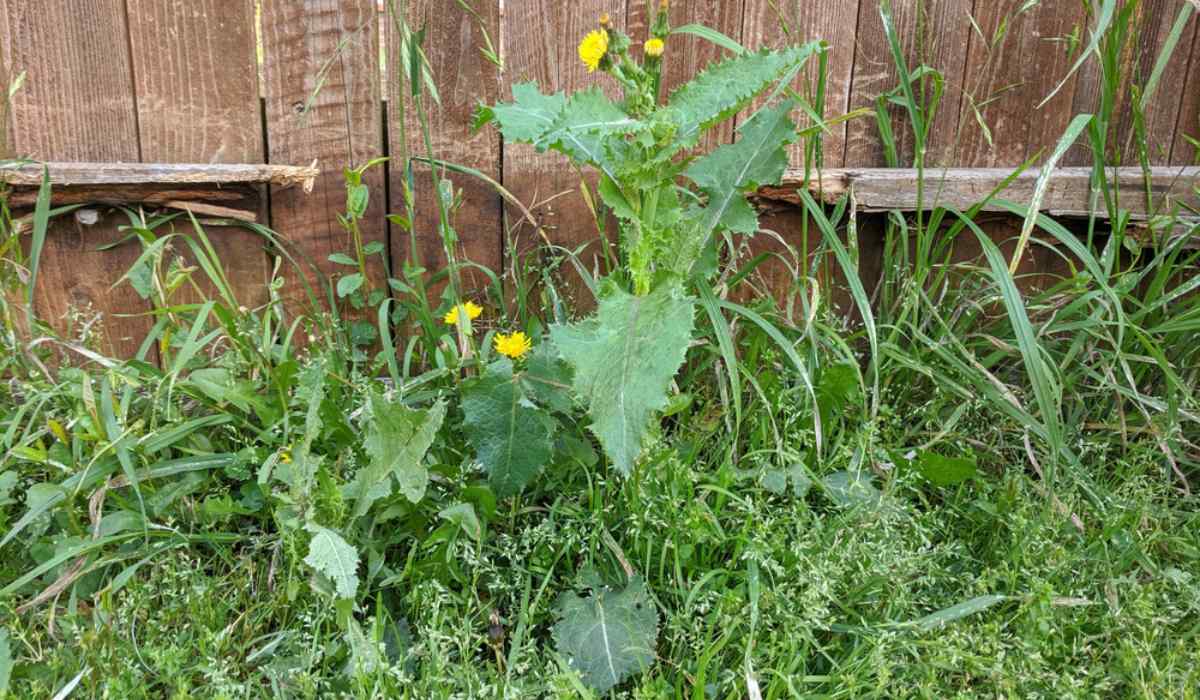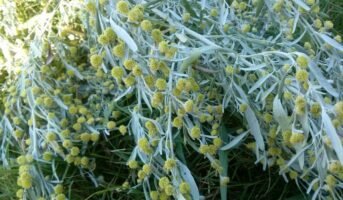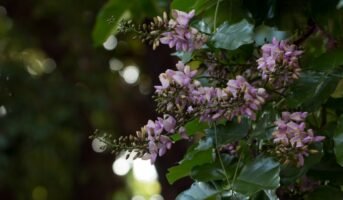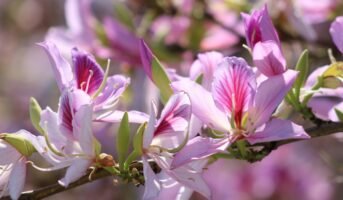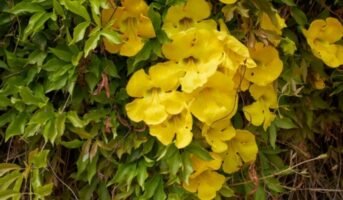Looking to increase the diversity of plants in your home garden? Well, one of the plants you can choose to grow is Sonchus Oleraceus, which is very commonly used in landscaping. While usually considered as a weed, it has numerous benefits too. Read on to learn more about the uses of Sonchus Oleraceus as well as the best way to grow and care for it.
See also about: SPP Gardens
What is Sonchus Oleraceus?
Sonchus Oleraceus, sometimes known as sow thistle, is a genus of annual herbs that includes various species that are frequently found in nurseries and landscapes. The majority of the species are annual herbs, but a small number are also perennial and even woody.
Waxy leaves with varied leaf edges are arranged in a rosette by seedlings. Spiny sow thistle, one of the most prevalent species, features thorny leaf margins. Wild lettuce (Lactuca spp.) has prickles in the midvein of the leaves; sow thistle does not.
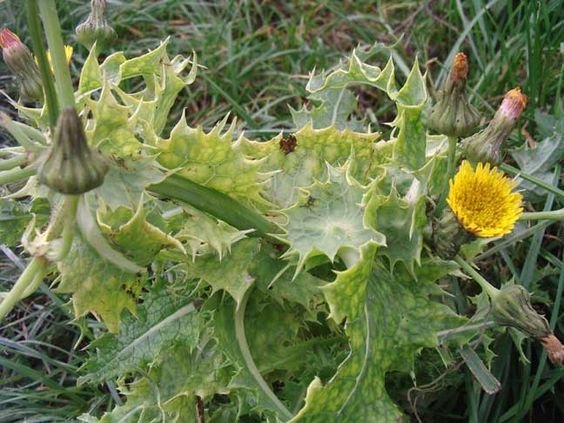
Source: Pinterest
Sonchus Oleraceus: Synonyms
As mentioned before, the common name of Sonchus Oleraceus is common sowthistle. It is also referred to as Hare’s colwort and Swinies. Other synonyms of Sonchus Oleraceus include Annual sow thistle, Smooth sow thistle, Milky tassel, Soft thistle and Milk thistle.
Sonchus Oleraceus: Key facts
| Species | Oleraceus |
| Family | Asteraceae |
| Leaf shape | Pinnatifid |
| Fruit colour | Black |
| Time of germination | Any time after rainy season |
| Reproduction | By seed only |
| Soil Type | Favours well-drained soil only |
See also: Garden roses: Facts and tips to grow
Sonchus Oleraceus: Physical characteristics
Sonchus Oleraceus is an upright plant that grows up to a height of 1.5 metres. It has a strong taproot and hollow stem. The leaves of Sonchus Oleraceus are narrow, long, wavy, and lobed. They are edged with soft spines and come in red, green, and purple colours. In summers, these plants grow clusters of yellow dandelion-like flowers, which are followed by white, fluffy seedheads.
Sonchus Oleraceus: Habitat
Sonchus Oleraceus is an annual herb native to Northern Africa and Eurasia. The plant has been introduced to a variety of countries across the globe. It prefers disturbed areas like pastures, fields, gardens, construction sites, urban roadsides, vacant lots, and edges of yards.
Sonchus Oleraceus: Is it an indoor plant?
It is ideal to grow Sonchus Oleraceus in the garden as it needs direct sunlight. Young sowthistles can simply be put in the herb pot, but some mature leaves must be removed from the thistles, to use them as an ornamental plant to decorate your home.
Sonchus oleraceus: How to grow?
In order to propagate Sonchus Oleraceus, seeds often travel via the wind or water and germinate in the fall or spring. The main means of common sowthistle dispersion is wind. By using this technique, Sonchus Oleraceus seeds produced at crop edges can deeply saturate farmed areas, and Sonchus Oleraceus seeds from nearby areas can blow in. Other means of transmission include transportation of soil and mulch, consumption and excretion by livestock and other animals, machinery, vehicles, and rivers.
Sonchus Oleraceus: Seeds germination
Although Sonchus Oleraceus seeds can germinate in both light and darkness, their chances of doing so are better when they are exposed to light. Therefore, the Sonchus Oleraceus seed has the best chance of germination at or very close to the soil surface.
Sonchus Oleraceus: Soil requirements
Sonchus Oleraceus can grow well in a variety of soil types and is fairly tolerant of saline soils, but it prefers moist, well-drained soils with a pH range of 5 to 8.
Sonchus Oleraceus: Care tips
Here are some of the major care tips to keep in mind when it comes to maintaining Sonchus Oleraceus in your garden.
Sonchus Oleraceus: Fertiliser requirements
Most potting soils contain an abundance of nutrients that plants use to produce new growth. By the time Sonchus Oleraceus has depleted the nutrients in its soil, it will have grown large enough to require a larger pot. Repot your Common sowthistle after it has doubled in size or once a year, whichever comes first, to replenish its nutrients.
Sonchus Oleraceus: Sunlight requirements
Sonchus Oleraceus prefers to be near bright, sunny windows. To maximise growth potential, place it less than 1ft from a south-facing window. Low light is not tolerated by Common sowthistle. Choose your region to see how the current weather affects the placement of Sonchus Oleraceus in your home.
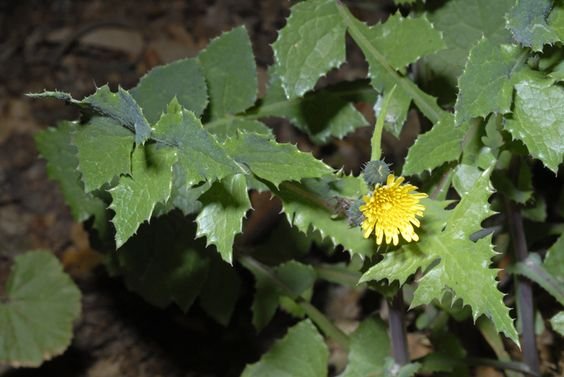
Source: Pinterest
Sonchus Oleraceus: How to care?
| Water | 0.5 cups every 9 days |
| Placement | Less than 1 ft from the window |
| Nutrients | Repot after 2x growth |
Mentioned above is a quick summary of the best way to care for Sonchus Oleraceus.
Sonchus Oleraceus: Medicinal uses
- In liver problems, Sonchus Oleraceus is helpful. Root extract is used in ointments for ulcers and wounds, while the stem is used as a sedative and tonic and the leaves and roots are used as febrifuges in ingestion. Latex-derived gum is used to treat ascites and hydrothorax.
- In addition, the leaves of Sonchus Oleraceus can be cooked and eaten on their own or added to soups.
- Sonchus Oleraceus stems can be eaten; however, before cooking, people frequently scrape off the outer layer. Because of their hardness, roots must be cooked thoroughly if they are to be consumed.
- Due to the low latex content of the plant, even the sap is helpful; the New Zealand Maori chew the sap like gum.
See also: What is Hibiscus and how to grow it in your home?
Sonchus Oleraceus: Insect and pest problems
- Aphids frequently choose Sonchus Oleraceus as their host plant. Aphids may spread from Sowthistle to other plants, while on the other hand, Sowthistle can promote the development of beneficial predators like hoverflies. Sonchus Oleraceus are a great choice for a sacrifice plant in this sense.
- In addition to carrying some viruses, common sowthistle serves as a critical host for insects that transfer these and other vegetable crop viruses, such as the lettuce aphid (Nasonovia ribisnigri) and lettuce root aphid (Nasonovia ribisnigri) (Pemphigus bursanus).
- The presence of Sonchus Oleraceus, specifically between lettuce crops (either in cash crops or fallows), permits the spread of a number of pertinent viruses to succeeding harvests.
- The fungi black root rot (Chalara elegans) and corky rot (Rhizomonas suberifaciens), which can infect lettuce crops and significantly reduce yields, have also been observed to employ common sowthistle as an alternate host.
FAQs
Is Sonchus Oleraceus edible?
Yes. After the outer shell is removed, the stems can be cooked like asparagus, and the leaves can be added to salads.
What does the fruit look like?
Several achenes with fluffy white hair tufts replace each flowerhead. Each dark achene is oblongoid, ribbed, and somewhat flattened; one end is wider than the other.
Housing News Desk is the news desk of leading online real estate portal, Housing.com. Housing News Desk focuses on a variety of topics such as real estate laws, taxes, current news, property trends, home loans, rentals, décor, green homes, home improvement, etc. The main objective of the news desk, is to cover the real estate sector from the perspective of providing information that is useful to the end-user.
Facebook: https://www.facebook.com/housing.com/
Twitter: https://twitter.com/Housing
Email: [email protected]
